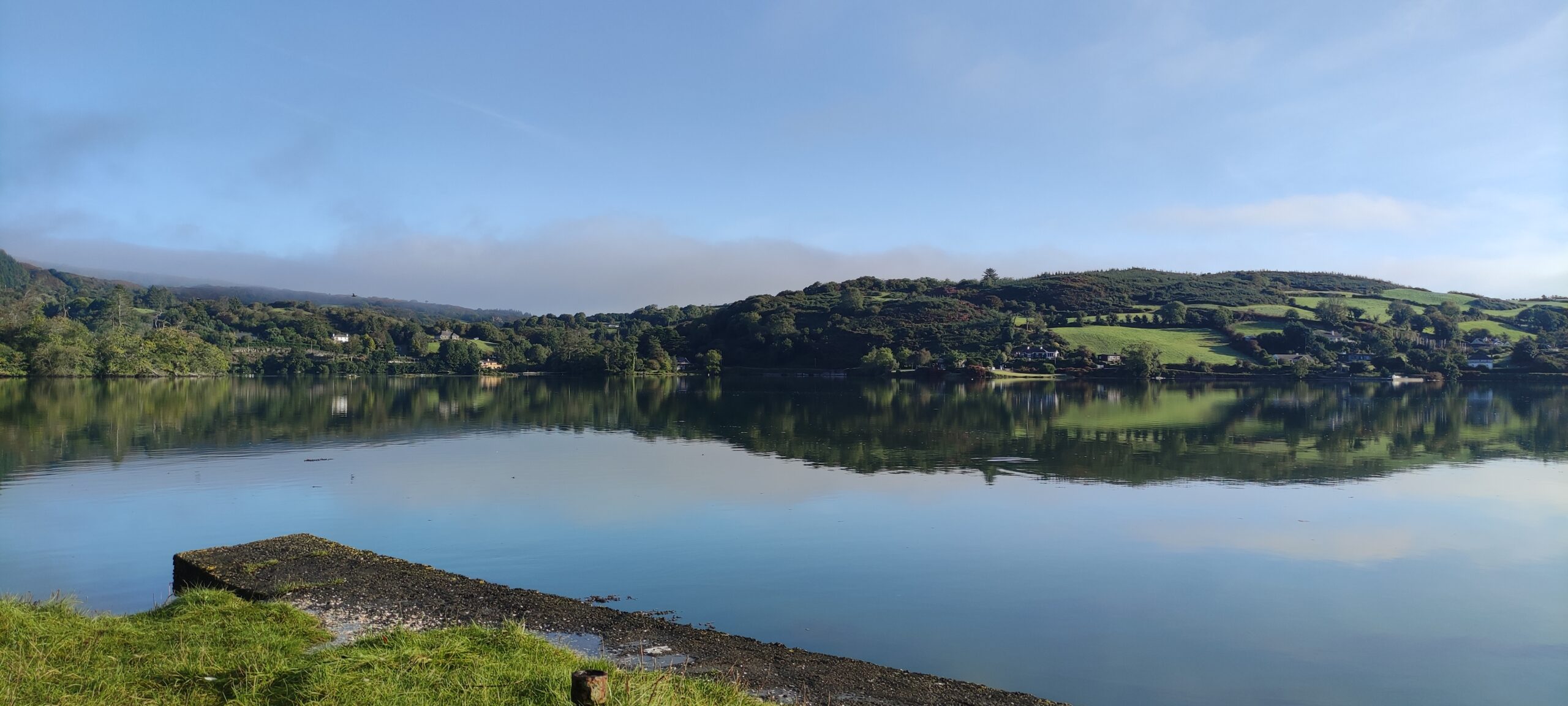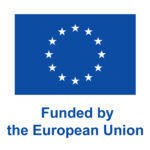
A deep dive into our IMPETUS Accelerator 2024 CSIs – Written by Claire Murray.
Caomhnú is a storytelling project exploring Irish rural communities’ perspectives on climate change and climate action. Based out of the University of Galway, it was set up following focus groups on climate change as part of the ROAM project last year – see our video below. In these focus groups, participants from rural communities shared their desires to take more action in their communities and how they valued being heard in the conversation about climate change.
Caomhnú is Irish for the conservation of history, culture and nature. Ireland has a long and rich history of storytelling.
Many rural participants feel like their voices are not included in conversations about climate change, even though the regions they live in are already experiencing difficult climate-related changes. These comments lingered with us long after the ROAM project had ended, so we decided to explore what could be done to platform rural voices and share their experiences and ideas for climate action.
Storytelling and citizen science felt like the perfect fit to continue this work, as we learned so much from listening to the ROAM participants and realised that they were sharing important location-based expertise and climate actions that other people might be interested in. However, collecting information from people always comes with an important responsibility: we must do our best to ensure we do no harm.
This means we must carefully plan how we collect stories, where we store the stories and information shared with us, what information we should collect in the first place etc. We completed this by writing to the University of Galway Research Ethics committee with a detailed report on our project and what we had planned, and they approved our application. This means we had the green light to start our project and could collect stories.
The focus of our project then pivoted to an important question – how do we reach a broad range of rural communities? We can invite them to specific events about our project, or we can reach them at events they are already attending.
One example of the latter is the ‘We Built This City on Rock and Coal‘ improvised science show, where improvisation performers and scientists explore audience prompts on climate change in beautiful coastal and island locations in Ireland such as Inishbofin (area of 12 km2 and 200 inhabitants) or Arranmore (area of 22 km2 and 478 inhabitants). We felt this might be a good match as the audience might want to explore the themes addressed in the show further through their own experiences.

A lake in Leap, Co. Cork (southwest Ireland), one of the locations the Caomhnú team visited during the early stages of the project
We collected a number of stories after the shows and are already so impressed by how much knowledge, experiences, and thoughts our participants have shared to date. We are also looking at other options to gather stories at relevant events in the communities we are trying to reach and exploring how people could contribute online.
Most of our summer will be spent collecting stories in different locations across Ireland. However, the next step is sharing and connecting these stories, so that as many people as possible can learn from them. Within IMPETUS, we are developing a map for our website that will share parts of the stories online and will also be creating a video with help from our storyteller Órla Mc Govern. Watch this space to see how we develop these!
Artist Credit: Ruth Graham https://ruthgraham.ie/



